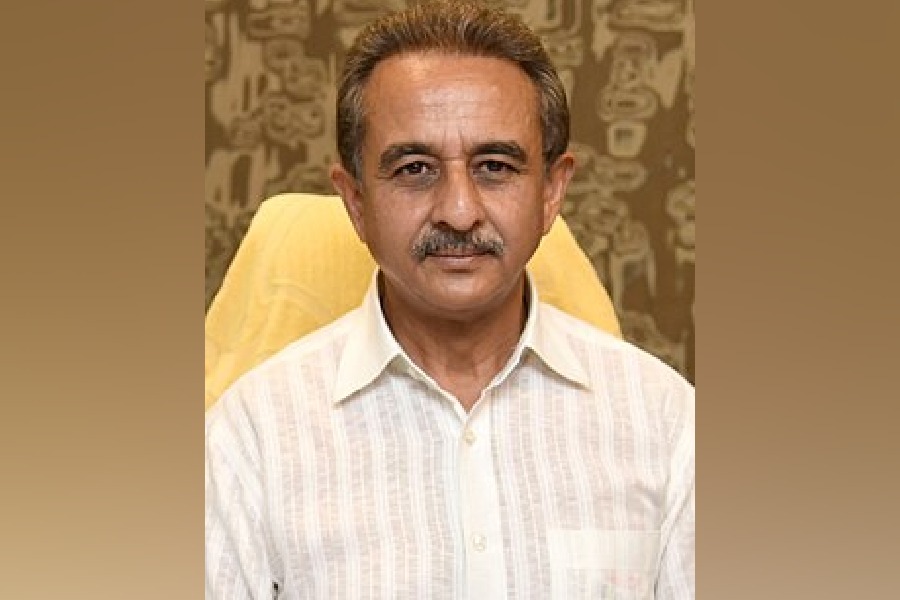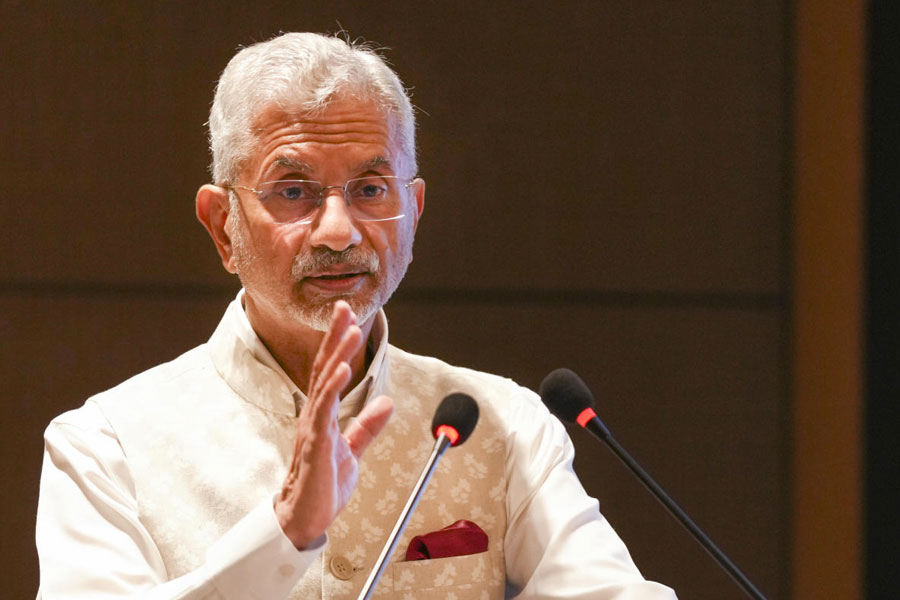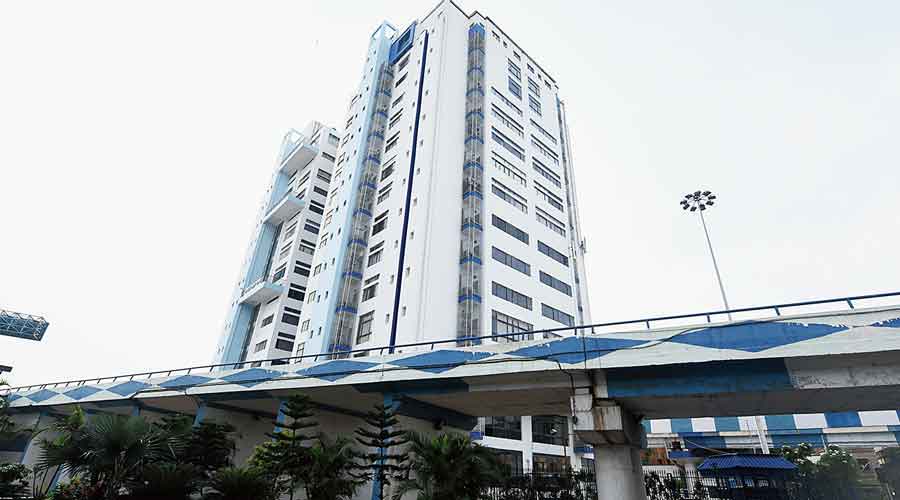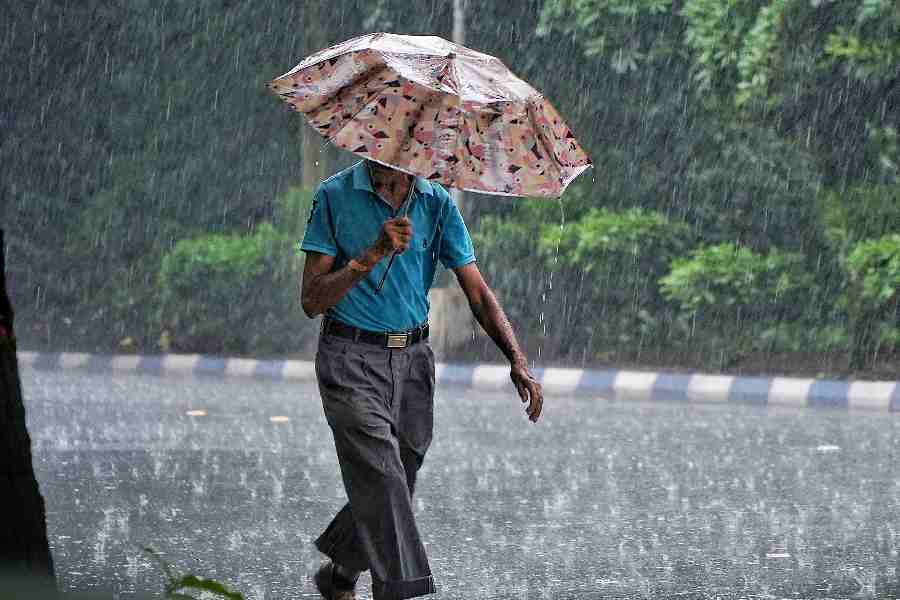

Sharmila Tagore remembers the first time she met Shashi Kapoor - when he dropped by the sets of Shakti Samanta's Kashmir Ki Kali.
Shashi had come to see his brother, Shammi Kapoor, who was playing a lead role in the film. "Jennifer (Kendal Kapoor) and Shashi had seen Apur Sansar and had liked my performance," Sharmila tells me. "I had seen Shashi in Prem Patra. And I was in love with him! Bahut handsome tha usme. (He was very handsome in it.) All I remember is that he was blind in the film. And that, while Sadhana folded saris in one scene, Shashi sat in a chair looking gorgeous."
Shashi's unannounced visit to the sets of Kashmir Ki Kali unnerved eighteen-year-old Sharmila. "We were shooting the song Isharon isharon mein dil lenewale, and I said to myself, 'Oh my god! This is Shashi Kapoor.' And I couldn't work. Shakti finally asked him to leave."
By the time Waqt was finalised, Sharmila, slightly older and more experienced, was a lot more comfortable with the young actor. Besides, the demands of the box office required a Sharmila-Shashi romantic pairing. "When Waqt came by, we happened to get the attention of the younger generation," Sharmila says...
Shashi and Sharmila became symbols of a young couple in love - akin to Rishi Kapoor-Neetu Singh a decade later - and the pairing became a norm not only in Yash Chopra multi-starrers but also across several other movies...
Sharmila also came to appreciate Shashi's work ethic. "He always listened to his director and always came to the sets on time," Sharmila says, hinting at the fact that she stopped accepting films with the raging heart-throb of the late 1960s, Rajesh Khanna, because of the actor's tardy behaviour. "And, of course, second to arrive would be Mr (Amitabh) Bachchan."
Most of all, Sharmila recalls Shashi's sparkling sense of humour through good times and bad. She says, "We were shooting Suhana Safar, and there was a scene where I was supposed to drive downhill, and Shashi was to jump out of the way. But something went wrong - I just could not control the clutch and brake and sped into a culvert. While the poor light man holding a reflector fell, Shashi remained unscathed. Later, he quipped, "Do that again, and Jennifer will come to you with three children and say she doesn't have money for milk!" He could always joke, and yet remain cordial and respectful."
Over the years, Shashi's family and Sharmila's - their respective spouses and children - grew close. It helped that both households lived in south Bombay, away from the noise and glamour of the Hindi film industry. It also helped that Shashi and Sharmila, over years of filmmaking, had developed a bond that was warm, even mischievous. Sharmila says, "By the time I met Tiger (her future husband and cricketer, the Nawab of Pataudi) I had cultivated the habit of saying, at once, alvida and khuda hafiz. And Shashi would tease me by saying, "Half is his and half is mine!" I always had a soft spot for Shashi. I remember his eyelashes."
****
Aparna Sen, who started her acting career with Satyajit Ray's Samapti, part of the Teen Kanya trilogy, went on to work in several Bengali films and then, also, in Hindi commercial cinema.

Along the way, she kept writing - first, a short story, which got considerably longer, and finally became an English screenplay - a heartbreaking story about a lonely, old Anglo-Indian schoolteacher in modern-day Calcutta, whose only source of comfort is teaching Shakespeare.
Script in hand, Aparna approached a few potential producers.
"'Sex? Violence? What are you trying to sell?' they would ask me," Aparna says. "And I would answer, 'A small human tale.'"
This comeback was of little interest to most producers...
Satyajit [Ray] suggested that she approach Shashi Kapoor, since he had just produced Junoon. "In fact, he told me, he had a gut feeling that Shashi would take this on," Aparna says...
She read the script to the actor, his wife and the director and cinematographer, Govind Nihalani, who was present at the Kapoors' residence. Kunal Kapoor says that after this script-reading session, his parents liked the narrative so much that they wanted Shyam Benegal to direct the film. But Aparna, in the end, managed to convince them that she was ready to become the director of 36 Chowringhee Lane...
Then came the question of casting. Aparna spent a long time trying to find the ideal candidate for the lead role of the Anglo-Indian woman, Violet Stoneham. Finally, actor and director, Utpal Dutt, recommended Jennifer Kendal Kapoor's name... So, I talked to Jennifer, and I was honest about my inhibitions - that she looked young. Jennifer said, "Don't worry, I can think crinkles!"' Aparna laughs as she remembers the conversation. Ultimately, Jennifer had a make-up artist fix her hair with a bun at the nape of her neck and mailed her pictures to Aparna. "When I got them, I realised that she had got the essence of the character."...
Shashi and Govind, together, drew the budget for the film. Aparna thinks the original plan was around Rs 16 lakh, but that the budget may have increased to Rs 24 lakh. "I wouldn't bet on it, though," she says. "The thing is, the budget was never really discussed with me." Presumably, the fact that Shashi sold an 18-acre plot of land in Shridon village near Panvel, just outside Bombay, to raise money for 36 Chowringhee Lane, was also never discussed with Aparna...
The film was critically appreciated and won many awards... Aparna won the 1981 National Award in the best director category, while Ashok [Mehta] was recognised for his cinematography. Then, there was the 1982 Cinemanila International Film Festival in Manila... 36 Chowringhee Lane was awarded the Golden Eagle for best feature film.
In spite of such international acclaim, 36 Chowringhee Lane fared poorly at the box office...
In an interview with The Hindu, Shashi expresses his frustration with the film's reception. 36 Chowringhee Lane was a total loss," he says. "I had to pay for the publicity charges and even, at places, had to hire the theatres myself to exhibit it." Elsewhere, Shashi says that by his count, the film lost at least Rs 24 lakh...
In hindsight, it wasn't Shashi's best business decision to produce a film and then release it himself. But then, he had no other option. This was the era of single-screen theatres in India. The multiplexes, which offered breathing space to independent films, were far into the future. As many have suggested, Shashi, the producer, was ahead of his time.










